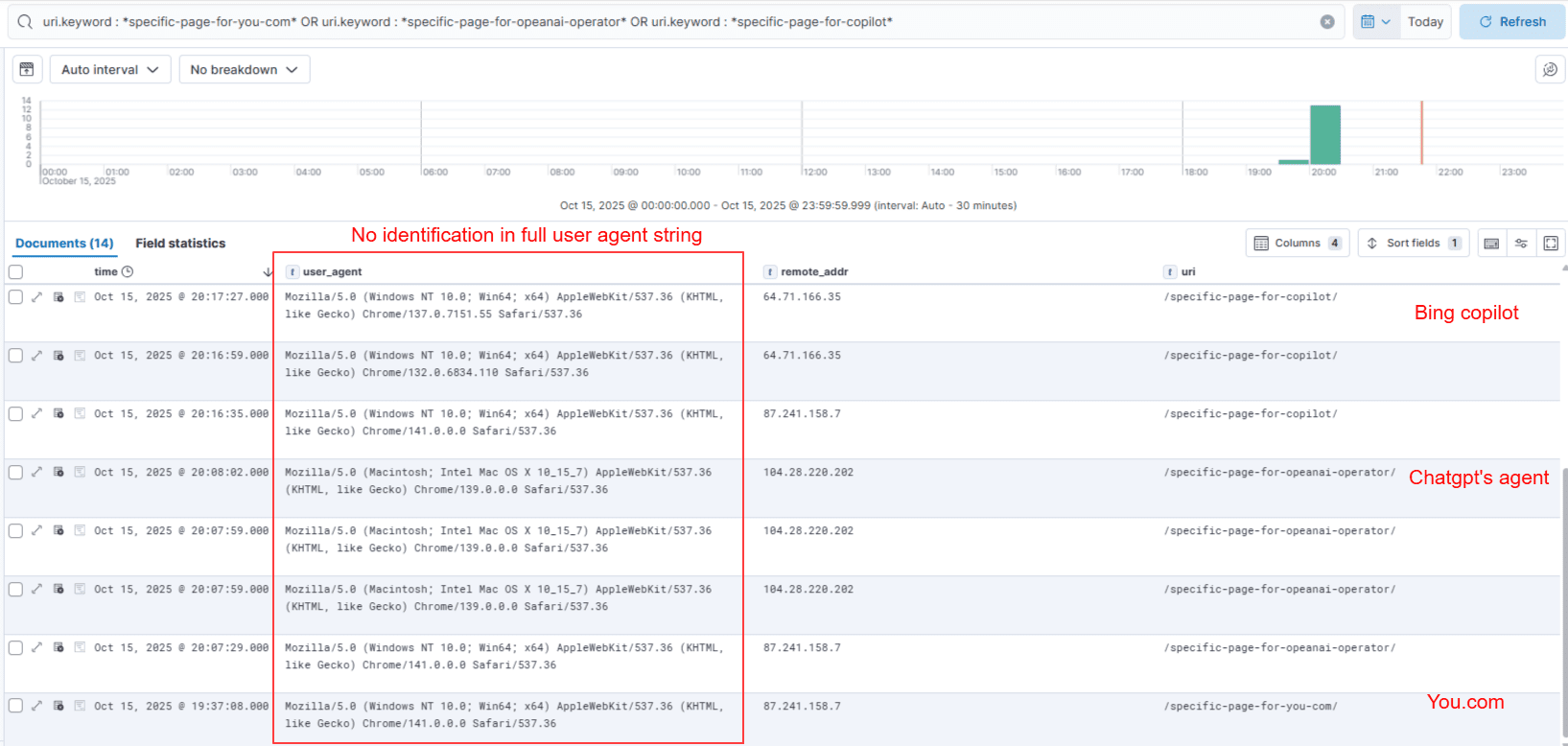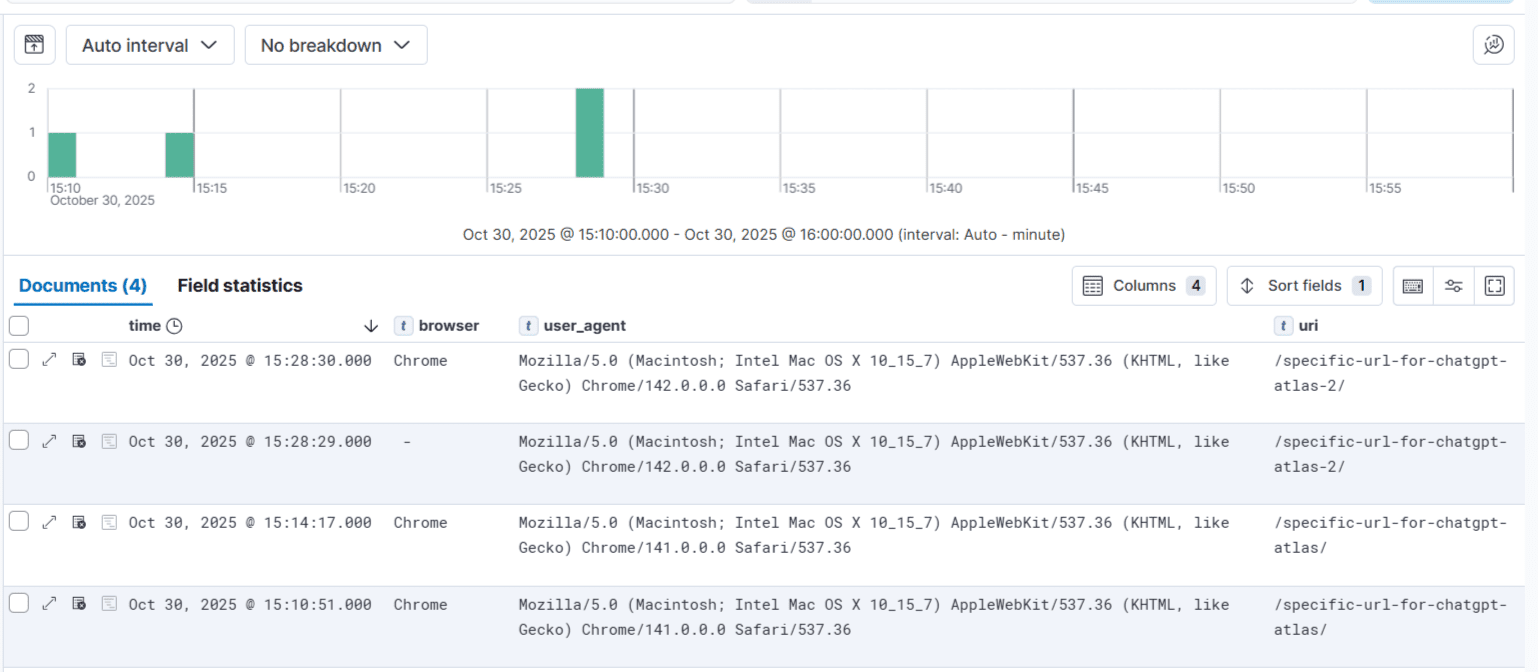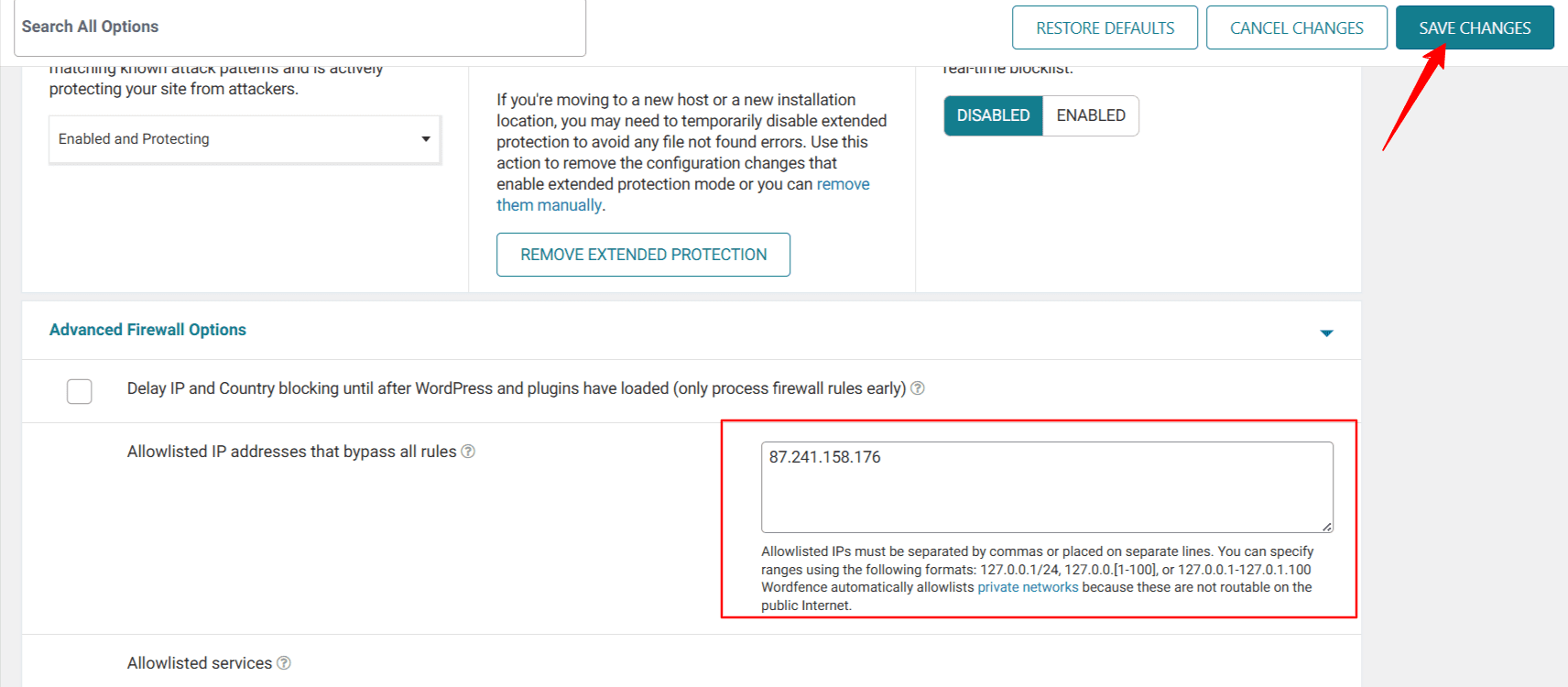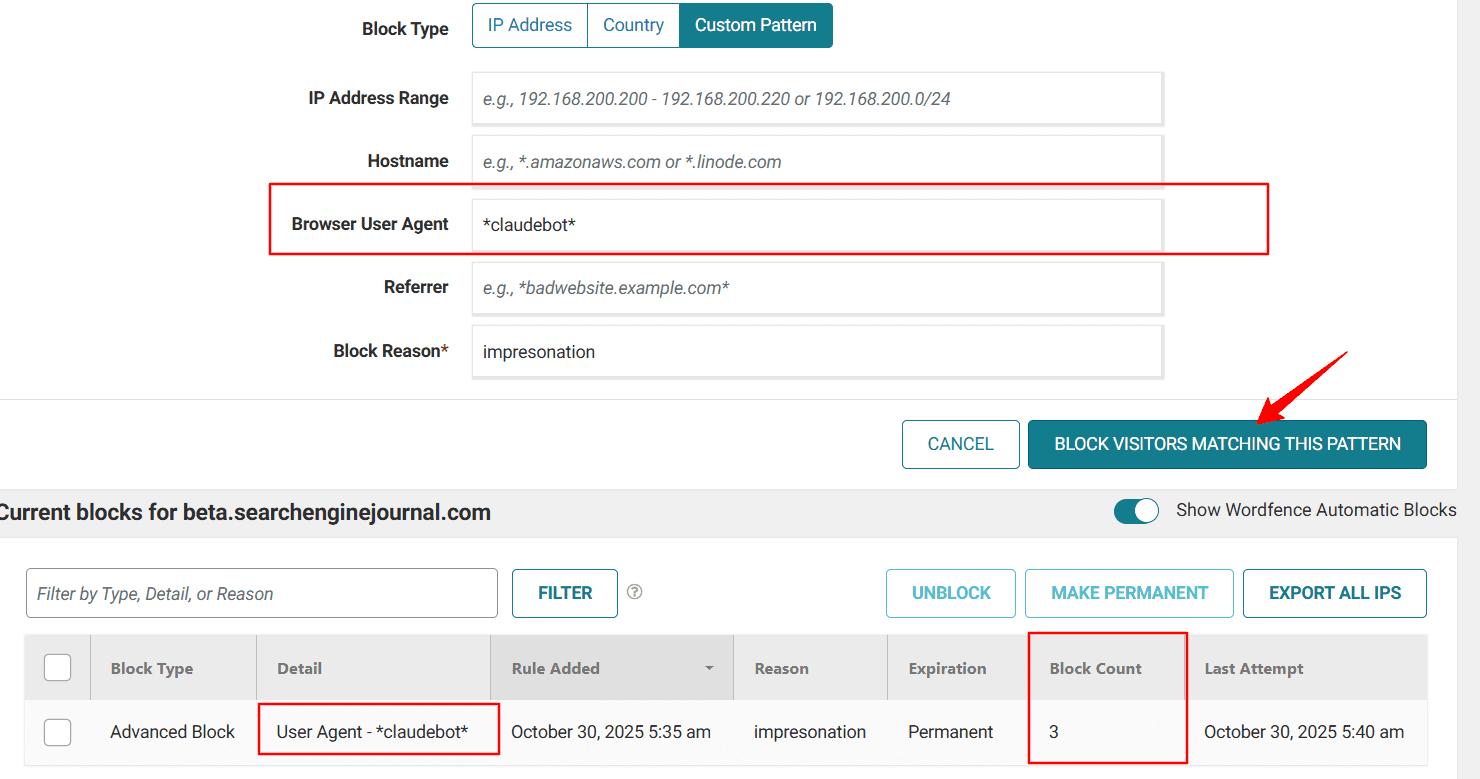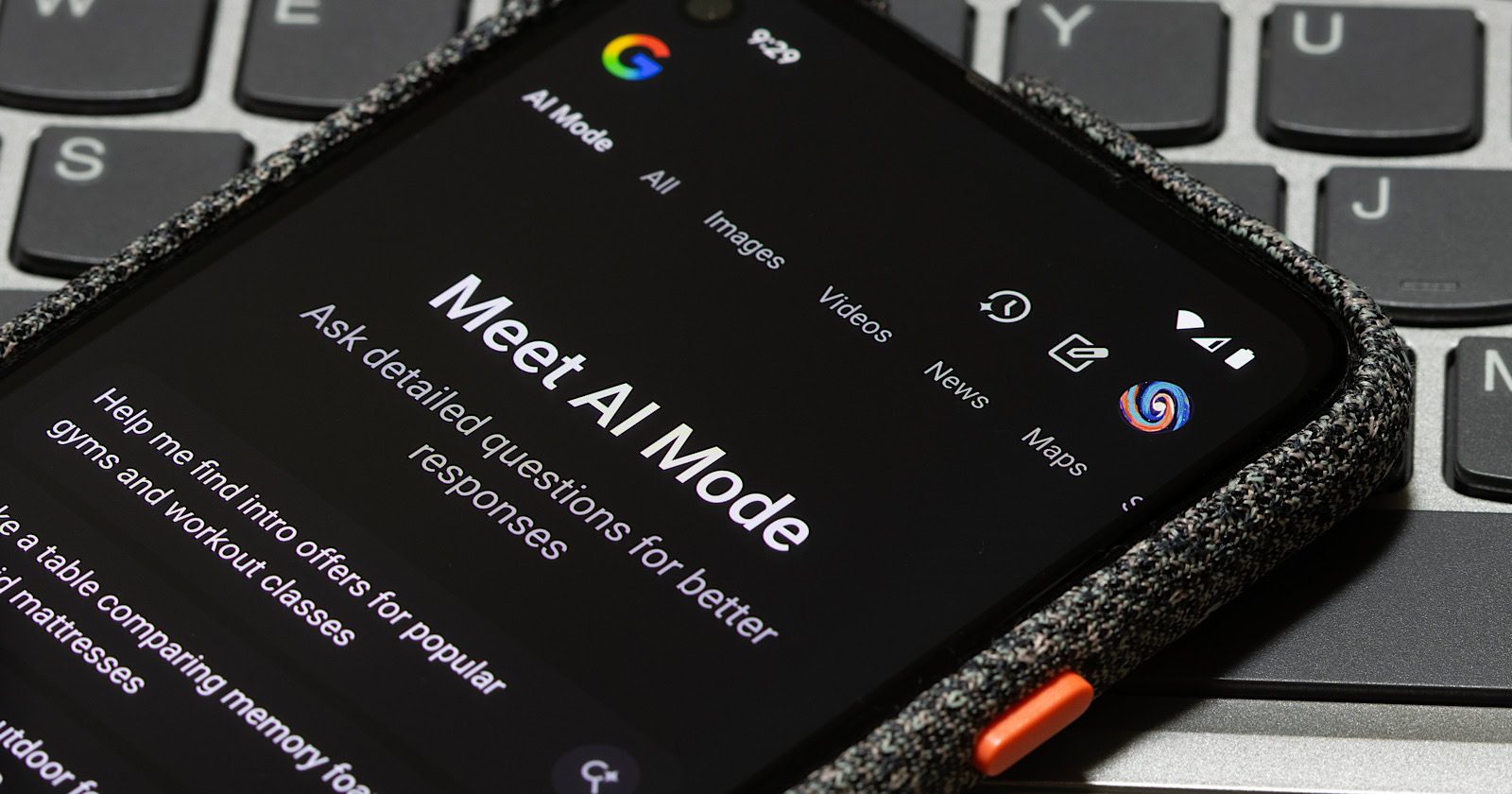Google CEO Sundar Pichai Says Information Ecosystem Is Richer Than AI via @sejournal, @martinibuster

In a recent interview with the BBC, Sundar Pichai emphasized that AI is not a standalone source of information. He affirmed that AI works together with search and that AI and Search have their uses. Pichai also said that AI is not a replacement for either search, the information ecosystem, or actual subject matter experts.
A number of tweets and articles mischaracterized Pichai’s remarks, including a BBC News social media post summarizing the interview with the line, “Don’t blindly trust what AI tells you.”
Tweet By BBC News
Don’t blindly trust what AI tells you, says Google’s Sundar Pichai https://t.co/h3yuTJnNOV
— BBC News (UK) (@BBCNews) November 18, 2025
That phrasing misleadingly suggests that Pichai said don’t trust AI. But that’s not what Pichai meant. His full answer emphasized that AI is not a standalone source of information, that the information ecosystem is greater than that.
AI Makes Mistakes, That’s Why There’s Grounding
Sundar Pichai had just finished describing how AI will, in a few years time, usher in new opportunities and create new kinds of jobs based on what humans can do with AI. He used the example of envisioning a feature-length movie.
In response to that statement, the interviewer challenged Pichai with a question about the fallibility of AI, saying that what Pichai described is built on the assumption that AI works.
Pichai’s statement was broadly about how people will use AI in a few years time. The interviewer’s question was narrowly focused on the accuracy and truth of AI. The conversation between the interviewer and Pichai contained this dynamic, where the interviewer kept narrowing the focus to AI in isolation and Pichai kept broadening the focus to the wider information ecosystem within which AI exists.
The interviewer keeps pressing Pichai with variations of the same narrow question:
- Is AI reliable?
- Doesn’t AI make information less reliable?
- Shouldn’t Google be held responsible because this model was invented there?
Pichai repeatedly answers by placing AI within a wider context:
- AI is not the only system people use.
- Search and other grounded sources remain essential.
- Journalism, doctors, teachers, and other experts matter.
- The information ecosystem is larger than AI.
The interviewer kept zooming in to look at the AI “tree,” and Pichai responded by zooming out to explain AI within the context of the information ecosystem “forest.” This is the key to understanding what Pichai means by his answers.
In response to Pichai’s statements of how AI will transform society in the coming years, the interviewer asked about the truthfulness of AI today:
“So all of the hopes, the hype, the valuations, the social benefit of this transformation you’ve just described, you’ve built on a central assumption that the technology functions, that it works.
Let me propose one simple test of Gemini, which is your booming ChatGPT kind of competitor. Is it accurate always? Does it tell the truth?”
Pichai explained that generative AI is not a source of truth, it’s simply making a statistical prediction of how to respond. In that context he said that Google Search is what grounds AI in facts and truth. Grounding is a system for anchoring generative AI with real-world facts instead of relying on its training data.
Pichai responded:
“Look, we are working hard from a scientific standpoint to ground it in real world information. And there are areas, part of what we’ve done with Gemini is we’ve brought the power of Google Search. So it uses Google Search as a tool to try and answer, to give answers more accurately. But there are moments, these AI models fundamentally have a technology by which they’re predicting what’s next, and they are prone to errors.”
Use Tools For What They’re Good At
The next part of Pichai’s answer underlines the fact that AI and Search are tools that people use for different purposes. The point he is making is that AI is not a standalone technology that has replaced Search. He said to use each tool for “what they’re good at.”
Pichai explained:
“Today, I think, we take pride in the amount of work we put in to give as accurate information as possible. But the current state-of-the-art AI technology is prone to some errors.
This is why people also use Google Search, and we have other products which are more grounded in providing accurate information, right? But the same tools are helpful if you want to creatively write something.
So you have to learn to use these tools for what they’re good at and not blindly trust everything they say.”
Not One Standalone System: The Information Ecosystem Matters
The interviewer echoed Pichai’s statement about not blindly trusting then challenged him again about reliability.
The interviewer asked:
“OK, don’t blindly trust.
But let me suggest to you that you have a special responsibility because this whole model, type of model, transformer model, the T in ChatGPT, was invented here under you. And you know that it’s a probability. And I just wonder if you accept the end result of all this fantastic investment is the information is less reliable?”
Pichai returned to his first answer, that AI is not all that there is, that AI is just one source of information from a great many sources, including from actual human experts. The interviewer was trying to pin Pichai down to talking about generative AI and Pichai was answering by saying that it’s not just AI.
Pichai explained:
“I think if you only construct systems standalone, and you only rely on that, that would be true.
Which is why I think we have to make the information ecosystem… has to be much richer than just having AI technology being the sole product in it.
…Truth matters. Journalism matters. All of the surrounding things we have today matters, right?
So if you’re a student, you’re talking to your teacher.
If as a consumer, you’re going to a doctor, you want to trust your doctor.
Yeah, all of that matters.”
Pichai’s point is that AI exists within a larger world tools, human knowledge and expertise, not as a replacement for it. His emphasis on teachers, doctors, and journalism shows that human expertise remains a high standard for truth and accuracy. Pichai declined to answer questions in a way that treated AI as the sole system for answers. Instead, he kept emphasizing that AI is only one part of where we get information.
This is why Pichai’s answer cannot be reduced to a click-baity line like “Don’t blindly trust what AI tells you, says Google’s Sundar Pichai.” The deeper message is about how he, and by extension, Google, views AI as one tool out of many.
Watch the interview at about the 10 minute mark:
Featured image: Screenshot

